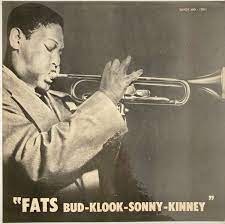
Daily Dose Of Jazz…
Alfred Wesley Hall was born on March 18, 1915 and grew up in Philadelphia, Pennsylvania. He played cello and tuba early in life before settling on bass at the age of 17. Moving to New York in 1936, Al played at different times through and into the Forties with Billy Hicks, Skeets Tolbert, and Teddy Wilson in both big band and small ensemble format.
Following time with Ellis Larkins and Mary Lou Williams, Hall took a job as a staff musician at CBS, working in Paul Baron’s orchestra on the Mildred Bailey Show. He also worked in Broadway theater pit orchestras for the next several decades. In 1946, he founded his own label, Wax Records, which was bought by Atlantic Records in 1949. He led five numbers on his own label in the mid Forties and four on Columbia Records Europe in 1959.
Hall had an extended partnership with Erroll Garner, playing with him intermittently from 1945 to 1963. He also played later in life with Benny Goodman in 1966, Hazel Scott, Tiny Grimes, and Alberta Hunter from 1977 to 1978, and Doc Cheatham. He recorded with Helen Merrill, Paul Quinichette, Duke Ellington, Harold Ashby, Eddie Condon, Della Reese, Teddy Wilson and numerous others.
Double bassist Al Hall, who recorded thirty albums as a sideman but none as a leader, transitioned on January 18, 1988.
More Posts: bass,history,instrumental,jazz,music
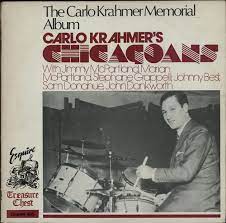
Daily Dose Of Jazz…
Carlo Krahmer was born William Max Geserick on March 11, 1914, Shoreditch, London, England. He was partially sighted at birth. He made his first record in 1939 and in the early Forties recorded with Johnny Claes’s band. He later joined Claude Bampton’s Blind Orchestra, a body sponsored by the National Institute for the Blind (now the RNIB), of which George Shearing was also a member. He worked in various bands, sometimes as leader, taking his own group to the Paris Jazz Festival in 1949.
In 1947, Krahmer co-founded Esquire Records with Peter Newbrook, a label which recorded bebop and licensed recordings from American blues and jazz labels. By 1950, Krahmer had retired from active performance, but had begun to teach aspiring drummers such as Victor Feldman.
Drummer and record producer Carlo Krahmer, whose label has continued to release music under the guidance of his wife Greta, transitioned on April 20, 1976 in London.
More Posts: drums,history,instrumental,jazz,music,record producer
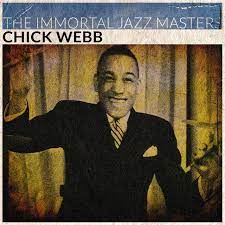
Daily Dose Of Jazz…
Pete Clark was born on March 10, 1911 in Birmingham, Alabama. His brothers Richard and Arthur “Babe” were trumpeter and saxophonist respectively. Like his brothers he studied music at the Fess Whatley School. He would learn to play both alto and baritone saxophone as well as clarinet.
He began his career playing with Montgomery’s Collegiate Ramblers, followed by a stint with Wayman Carver. He would go on to find membership in the orchestras of Chick Webb, Duke Ellington, Ella Fitzgerald, Louis Armstrong, Teddy Wilson, Rex Stewart, Don Redman, John Kirby, Happy Caldwell, Jimmy Jones, Teddy Wilson and others.
Alto and baritone saxophonist and clarinetist Pete Clark, also known as Pete Clarke, transitioned in New York City on March 27, 1975.
More Posts: clarinet,history,instrumental,jazz,music,saxophone
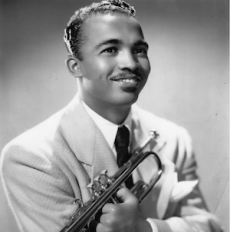
Three Wishes
Nica asked Howard McGhee if he was given three wishes what would he want grated and he told her:
-
- “I wish, I wish, I wish.”
*Excerpt from Three Wishes: An Intimate Look at Jazz Greats ~ Compiled and Photographed by Pannonica de Koenigswarter
More Posts: baroness,history,instrumental,jazz,music,pannonica,three,trumpet,wishes
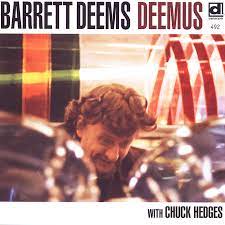
Daily Dose Of Jazz…
Barrett Deems was born March 1, 1914 in Springfield, Illinois. He worked in bands led by Jimmy Dorsey, Louis Armstrong, Red Norvo, and Muggsy Spanier.
He performed the drum solo during a scene on the back of the bus in the 1956 film High Society. The movie’s star, Bing Crosby, introduces the band members, including Deems, who then performs a short drum solo. Louis Armstrong and His All Stars play the song Now You Has Jazz.
He recorded three albums, Barrett Deems Big Band, Deemus and Barrett Deems and his WFL. Drummer Barrett Deems, who married twice, transitioned from pneumonia in Chicago, Illinois at the age of 84 on September 15, 1998.
More Posts: bandleader,drums,history,instrumental,jazz,music




